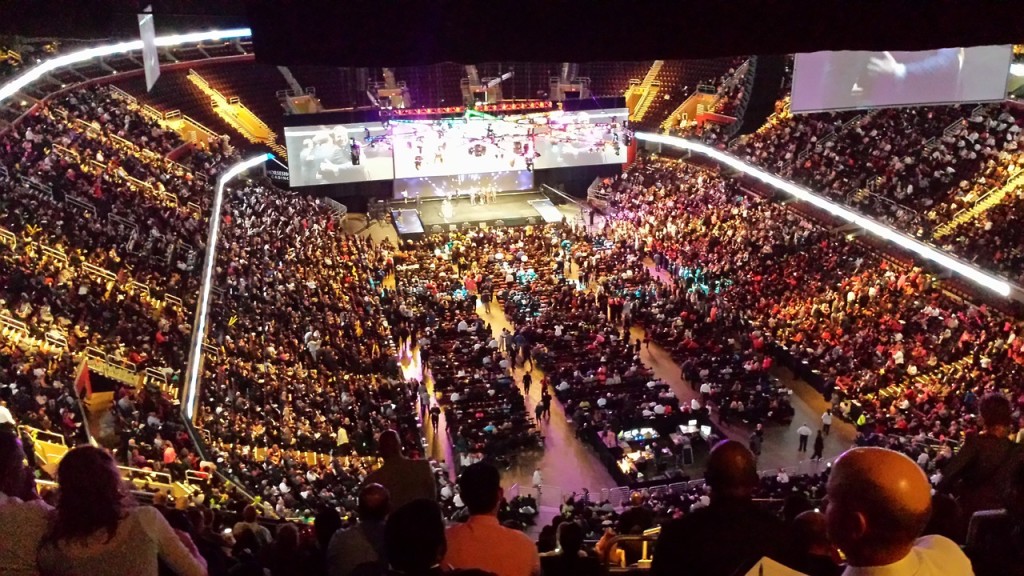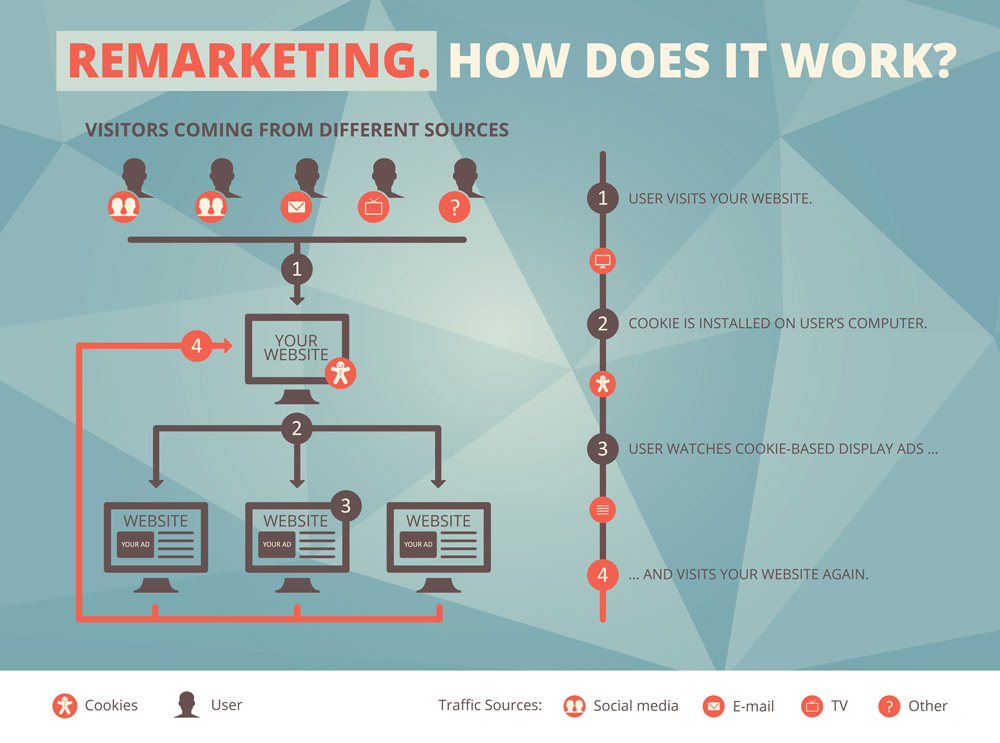How to Make your PPC Campaigns Personal
How can paid advertisements stand out in this crowded digital environment? Today, people want to feel that their interests are heard when they make a purchase. That is why it is necessary for marketers to personalize their PPC campaigns even more. According to an Adobe study, one-third of marketers believe that personalization will be a key in the future of marketing.
Personalization is a one-to-one marketing strategy in which brands may build a personal relationship with the consumers. We are no longer surprised when we receive emails that start with our own first name, or even when we see ads everywhere on the web that just match what we have been looking for the past days.
As digital marketers, we have to make sure that our PPC campaigns are personalized. Paid personalization is not complicated and the 6 following tips will help you increase your conversion rate.
Reach the right audience with the Google Display Network
Using the Google Display Network (GDN) is a good way to start finding new customers who may have an interest in your products as it reaches 90% of Internet users worldwide. The ads from the Display Network may be seen on millions of websites such as the New York Times, Weather.com, Gmail and Youtube.
But since you wish to personalize your PPC campaign, you do not want your clients to spend too much money for irrelevant clicks. Thus, it is best to select a particular audience and the right websites. There are 3 different types of audiences in the Display Network:
- Affinity audiences allow the advertiser to reach potential customers at scale.
- Thanks to custom affinity audiences, marketers may use the specific interests of their potential customers in order to reach them. For instance, a sports shop may want to reach only soccer players and hockey players instead of trying to reach sports fans.
- With in-market audiences, advertisers may reach people who have been researching for similar products. Therefore, it is more likely for these audiences to make a purchase.
Targeting specific people is also possible through different targeting methods:
- Contextual targeting: Through contextual targeting, the ads will appear on websites related to your specific keywords only.
- Placement targeting: This targeting method allows you to choose the websites where your ads will appear. A sports shop needs to make sure that the ads are shown on all websites related to sports.
- Interest categories: Reach people through their specific interests.
- Topic targeting: Target all potential consumers through specific topics such as cosmetics products if you own a beauty shop for example.
- Demographic targeting: Reach people who are part of specific demographic groups. If you sell women clothes only you may want to target through gender (female) and age (18-24, 25-34, or 35-44 according to your products).
- Remarketing: Creating a remarketing campaign is the perfect way to reach people who have previously visited your website.
Remarketing campaigns in PPC
There are several ways to remarket with Google AdWords but the standard way is to show your ads on the Display Network websites to users who have been on your website before. Remarketing is important as 96% of users leave a website without converting. And it takes up to 49% of consumers between 2 to 4 visits before making a purchase. Therefore, targeting people who have already shown an interest in your products may enhance your conversion rate.
Standard remarketing is one of the first steps to personalization in PPC campaigns as you only show your ads to users who already know your brand.
Dynamic Remarketing
Dynamic remarketing goes even further than standard remarketing. Not only will previous visitors see your ads, they will see ads related to products and services they have viewed on your website. Dynamic remarketing is like an invitation to bring back potential consumers to finalize a purchase.
According to Google, companies such as Netshoes and Sierra Trading Post have seen an important growth in their revenue thanks to this remarketing method. Netshoes saw 30-40% growth in overall revenue and Sierra Trading Post saw their conversions increase by 5.
Remarketing Lists for Search Ads
After leaving your website, users may search again for your type of products. The aim of the Remarketing List for Search Ads (RLSA) is to show your ads once more in the search results. In average, advertisers that use RLSA see a 10% increase in their conversions next to the ones who do not use RLSA.
RLSA means to improve your ad’s position in search results for returning users by increasing your bid for these users or by bidding on keywords that you don’t usually target. The keywords chosen may be more generic for users who have already purchased from your website.
If you wish to keep the same keywords you may just optimize your bids for returning users. For example, if a returning user searched for one of your keywords and you increase your bid by 25%, your ad may gain a better position.
Several list strategies can be created according to the conversion funnel. For instance, you may bid higher for users who have almost purchased on your website (cart abandoners) and decide to pay less for the ones who have only been on the homepage.
RLSA is particularly interesting now that a maximum of seven ads may appear on Google.
Google’s Customer Match
One of the best ways to personalize a PPC campaign on Google AdWords is to target users based on their email addresses. This targeting method is called Customer Match. Thanks to Customer Match, you may choose to show specific ads to users who are logged in with their email addresses.
If you have an online book shop, you are likely to have a list of email addresses. Thus, you may use this list as a remarketing list in order to show your online ads to previous customers. Usually, prior users are more likely to make a purchase again. This is a great way to build loyalty among existing customers by launching a promotion only to them for instance.
Furthermore, AdWords may also generate a similar audience thanks to your email list. This would allow you to reach even more users who may have an interest in your products.
Targeting on Facebook and Twitter
Customer Match is an option similar to Custom Audiences on Facebook and Tailored Audiences on Twitter. These features work in a similar way as a list of email addresses may be uploaded on these platforms or a code snippet can be added on your websites. With Facebook, email addresses may be used to create a list alongside phone numbers, Facebook user IDs and app user IDs.
However there are also several other ways to target people on Facebook and Twitter. You can target by interest on Twitter among 25 categories and 350 sub-topics. Facebook allows you to target users demographically (location, age, gender and language), by interest as well, behaviors and connections.
Thus, there are many options to target a specific audience on Facebook and Twitter. All these features are pretty useful as it is best to target a specific audience that is more likely to be interested in your products. Do you sell running shoes for women in Canada? Then make sure to target women in Canada who have an interest in Sports.
By knowing exactly your audience, you will be able to create personalized ads in your PPC campaigns to reach potential customers.


